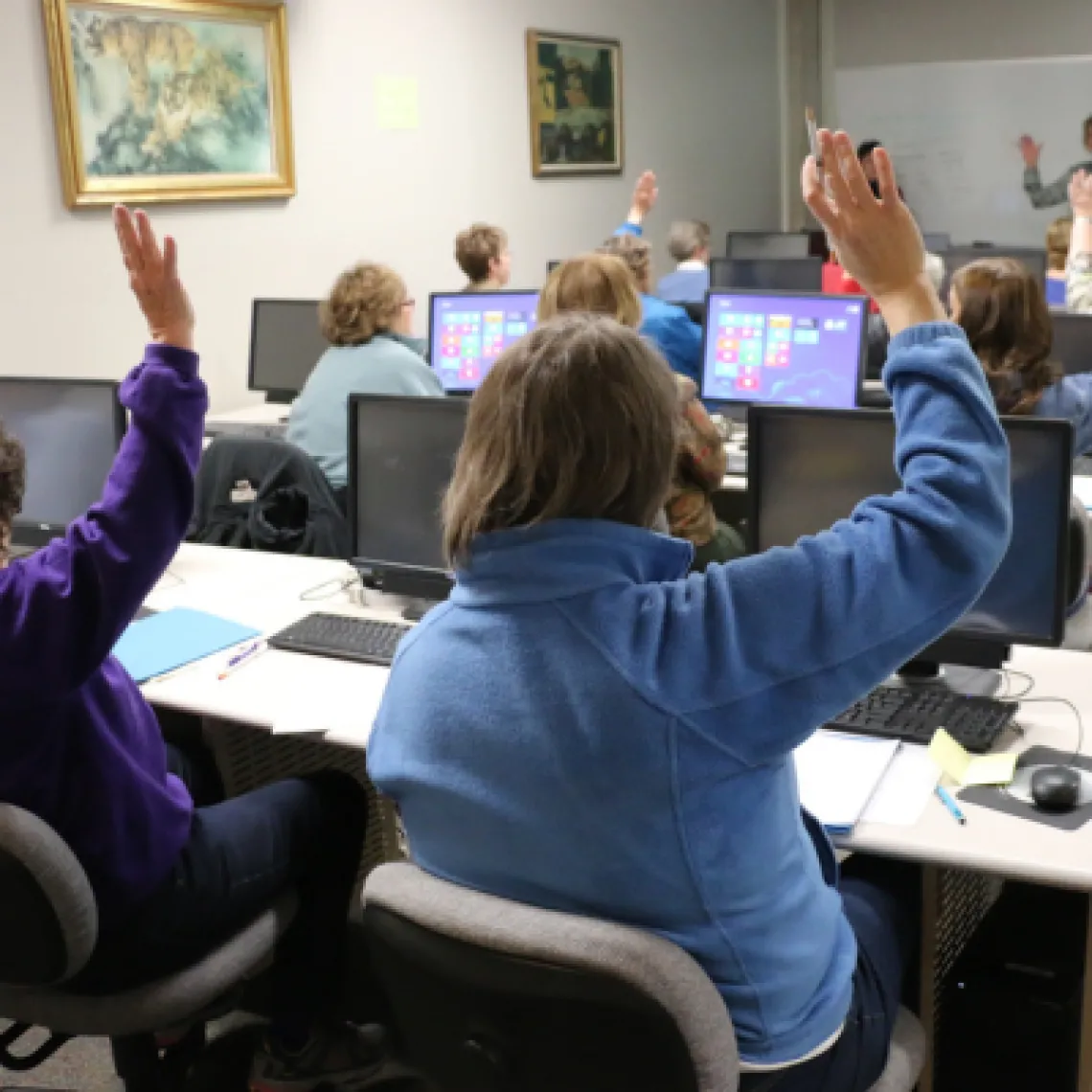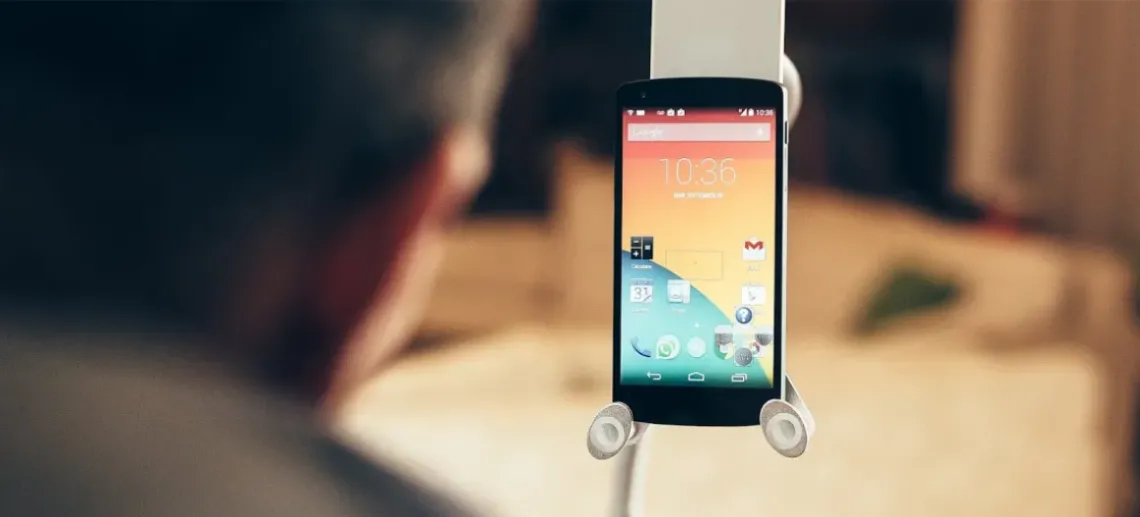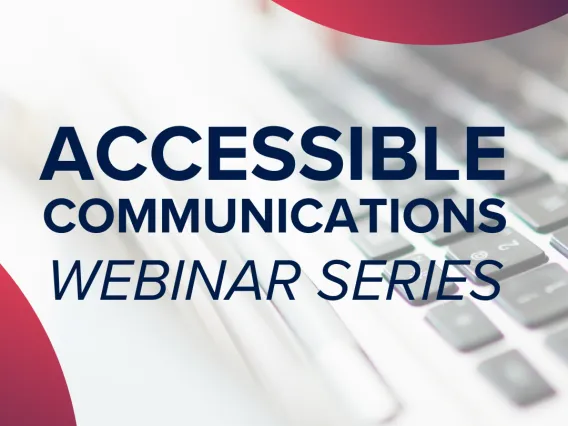
Accessible Communications
Crafting cognitively and digitally accessible content
Everyone deserves access to resources and information that can improve their lives. Whether you are giving a presentation, writing a document, managing a web page, or posting on social media, it is essential that you make your content both cognitively and digitally accessible—and in the right format—to ensure your message comes through clearly to your audience.
What is plain language?
Plain language is communication your audience can understand the first time they read or hear it. The Plain Writing Act of 2010 defines plain language as “writing that is clear, concise, well-organized, and follows other best practices appropriate to the subject or field and intended audience.” Material is in plain language if your audience can find what they need, understand what they find the first time they read or hear it, and use what they find to meet their needs.

Train Your Staff On Plain Language
Plain language writing makes your work better, and it is more accessible for people with disabilities. Sonoran Center experts can host an interactive workshop tailored to your organizations needs to train your staff on the ins and outs of plain language and equip them to:
Identify language that makes comprehension difficult for readers
Apply strategies to make communication more clear for people with disabilities
Implement a plain language approach in their everyday projects
Access additional resources to advance their understanding of plain language
Are you interested in scheduling a plain language training for your organization? Email ucedd@arizona.edu to learn more.
What is digital accessibility?
Digital accessibility is the practice of removing barriers that prevent people with disabilities from interacting with or accessing websites, digital tools and technologies. It means that all people can perceive, understand, navigate, and interact with electronic information. Everyone can be active, contributing members of the digital world. Many people who have disabilities use assistive technologies, which are tools that help them navigate the physical world and the digital world. However, the assistive technologies that allow people to use and interact with digital content only work if we create that content to be accessible. This means we need to carefully choose our language, design, and structure.

It’s the law.
From schools and universities to healthcare facilities, federally funded organizations in the U.S. are required by law to ensure digital accessibility. Learn more at the links below.
Accessible communications practices build a stronger and more diverse online community, broaden participation and ensures all voices are heard, and uphold human rights and equal opportunities for people with disabilities.
Accessible Communications Webinar Series
In the Sonoran Center’s 2024 Accessible Communications Webinar Series, communications staff Drew Milne and Elizabeth Jeffrey-Franco covered several aspects of accessible communications, including plain language, inclusive websites and social media, and electronic document accessibility. The recordings are available below.
Resources
Contact
If you have any questions or would like to learn more about the Sonoran Center’s work in this area, please contact:

